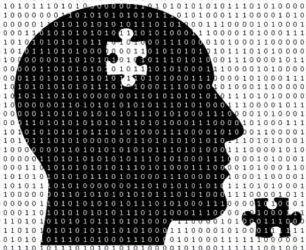Workshop Program
KEYNOTE - Udunna Anazodo
Title: Can We Use Small Data to Solve Big Clinical Neuroimaging Problems?
Abstract: In June 2014, an article was published in the journal of Brain Imaging and Behaviour, entitled ‘Human Neuroimaging as a “Big Data” Science’. Arguably, the general idea a decade ago that still continues today, is that the bigger the brain imaging data, the closer we can get to understand the varying and complex biological processes that underlie neurological disorders. While many big data initiatives have been created to provide thousands of neuroimaging dataset (e.g., these Brain Research through Advancing Innovative Neurotechnologies (BRAIN) Initiative), these initiatives are challenging to implement in resource-constrained settings, particularly in low-and-middle income countries (LMICs). The lack of neuroimaging and computational infrastructure, skilled personnel, and local funding limits sustainable big data initiatives in LMICs. Can well-structured smaller datasets drawn from local LMIC populations provide meaningful insights to clinical neuroimaging problems? This talk will kickstart conversations on the value of small data and showcase its potential use in addressing clinical neuroimaging challenges in LMICs.
KEYNOTE - Ehsan Adeli
Title: Data-Driven Exploration of the Interplay between Human Actions and Neural Circuitry
Abstract: Automatic analysis of actions (from videos) and identifying their relations to the underlying neural circuitry (using structural and functional MRIs) can lead to a novel mechanistic understanding of brain cognition and how neurological disorders disrupt these links. The recognized associations between brain circuitry (mind) and movement (motion) will further lead to identifying signs and symptoms of neuropsychiatric and neurodegenerative disorders enabling the discovery of relations between movement-linked brain disruptions. In this talk, I will discuss how recent advances in computer vision and computational neuroscience contribute to discovering behavioral and neural phenotypes of healthy aging and neurological disorders. I will additionally describe how such data-driven approaches could be used to discover movement-linked heterogeneity in neurodegenerative diseases.
PROGRAMME

